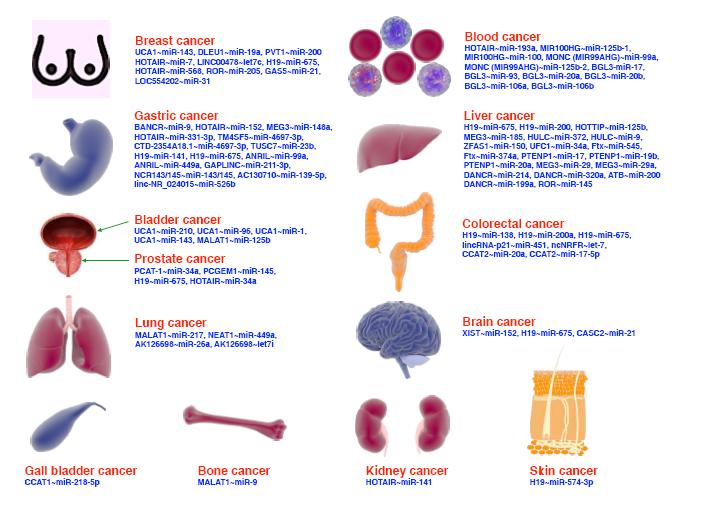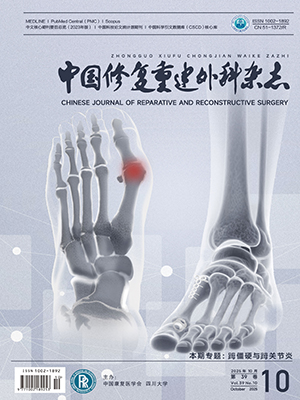| 1. |
车向东, 张战峰, 李茂山, 等. 3D打印辅助胫骨高位截骨治疗内翻型膝骨关节炎. 中国矫形外科杂志, 2023, 31(24): 2215-2220.
|
| 2. |
Loures FB, Correia W, Reis JH, et al. Outcomes after knee arthroplasty in extra-articular deformity. Int Orthop, 2019, 43(9): 2065-2070.
|
| 3. |
张斌斌, 吴泳锐, 李超, 等. 基于3D打印个性化截骨导板在内翻膝患者膝关节双间室置换术中的应用. 实用医学杂志, 2024, 40(17): 2448-2453.
|
| 4. |
王宇宁, 朱浩天, 刘康, 等. 数字化精准全膝关节置换与传统置换方法的短期效果对比. 中国组织工程研究, 2025, 29(21): 4521-4528.
|
| 5. |
赵资坚, 张荣臻, 蔡史健, 等. 3D打印截骨导板辅助全膝关节置换术治疗膝关节外骨折后遗膝关节骨性关节炎. 中国骨与关节损伤杂志, 2022, 37(6): 580-584.
|
| 6. |
吴迪, 司丽娜, 武丽珠, 等. 3D打印截骨导板在重度膝骨性关节炎患者多半径假体全膝关节置换术中的应用效果. 实用医学杂志, 2022, 38(2): 190-195.
|
| 7. |
Amano T, Tanaka S, Ito H. Identifying activity limitation and decline in quality of life in patients with knee osteoarthritis who are scheduled to undergo total knee arthroplasty. J UOEH, 2021, 43(1): 33-39.
|
| 8. |
樊宗庆, 姚云峰, 储成顶, 等. 复杂下肢畸形3D打印辅助一期截骨全膝置换术. 中国矫形外科杂志, 2022, 30(15): 1406-1409.
|
| 9. |
Zheng K, Sun H, Zhang W, et al. Mid-term outcomes of navigation-assisted primary total knee arthroplasty using adjusted mechanical alignment. Orthop Surg, 2023, 15(1): 230-238.
|
| 10. |
Seil R, Pape D. Causes of failure and etiology of painful primary total knee arthroplasty. Knee Surg Sports Traumatol Arthrosc, 2011, 19(9): 1418-1432.
|
| 11. |
Ritter MA, Davis KE, Meding JB, et al. The effect of alignment and BMI on failure of total knee replacement. J Bone Joint Surg (Am), 2011, 93(17): 1588-1596.
|
| 12. |
李锋侦, 邹士平, 司文腾, 等. 个性化3D打印导航模板在膝关节创伤性关节炎全膝关节置换术中的应用效果观察. 中国骨与关节损伤杂志, 2022, 37(2): 130-133.
|
| 13. |
陈龙飞, 宋岳, 谷旺, 等. Naton机器人辅助膝关节内侧单髁置换术假体型号选择的准确性研究. 中国修复重建外科杂志, 2024, 38(11): 1312-1316.
|
| 14. |
Tian R, Duan X, Kong N, et al. Robotic-assisted total knee arthroplasty is more advantageous for knees with severe deformity: a randomized controlled trial study design. Int J Surg, 2023, 109(3): 287-296.
|
| 15. |
李亦丞, 张晓岗, 曹力, 等. 国产机器人辅助与传统人工全膝关节置换术疗效比较: 一项多中心随机对照研究. 中国修复重建外科杂志, 2023, 37(11): 1326-1334.
|
| 16. |
李祎, 李奎蒙, 王彦琴, 等. 3D打印截骨导板在膝骨关节炎患者全膝关节置换术中的应用. 中华骨与关节外科杂志, 2024, 17(8): 707-713.
|
| 17. |
Dion C, Yamomo G, Howard J, et al. Revision total knee arthroplasty using a novel 3D printed titanium augment: A biomechanical cadaveric study. J Mech Behav Biomed Mater, 2020, 110: 103944. doi: 10.1016/j.jmbbm.2020.103944.
|




